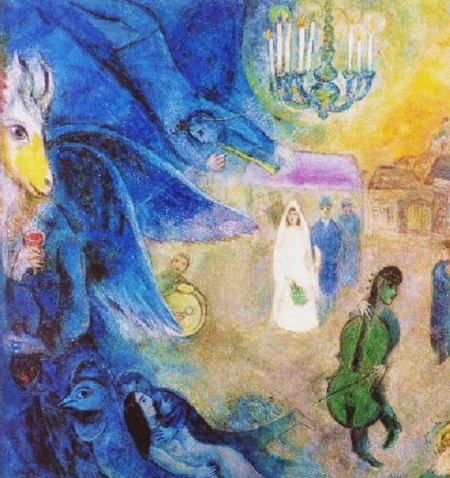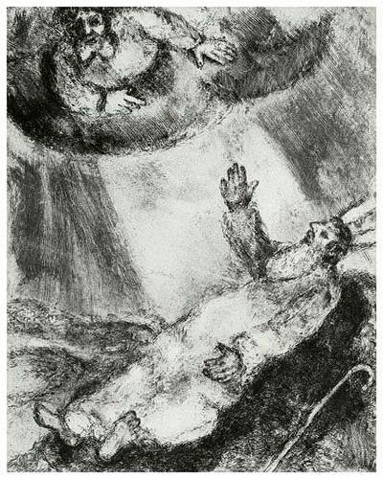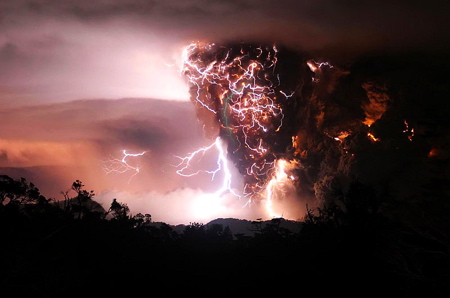10
Jun
Shavuot is when we celebrate the giving of the Torah on Mount Sinai. I looked forward to celebrating it in Paris the traditional way: staying up all night to learn Torah.
In my Conservative synagogue in Paris, the overnight study began at 8:15 pm. The theme of the discussion was “Does G-d have a body?”
I wondered how this topic would last all night since it seemed to me an open and shut case: Jews are very much against idolatry, so we avoid any corporal representation of G-d.
Speakers were scheduled to examine the various representation and descriptions of G-d in not only Jewish texts, but also historic and literary ones.
The first speaker was a historian of ideas, Mireille Hadas Lebel. She took us through books rarely read among Jews, to see how G-d was described in texts of different time periods. She read excerpts from the book of Daniel (of the 6th Century), which is included in the Writings and not in the books of Prophets. She also read the book of Enoch, a Jewish text no longer used in Judaism, but still very much central to the Ethiopian Orthodox Christians.
And then, to the surprise of the audience, the historian pulled out the New Testament:
“If you want to know Judaism in the 1st Century, read the New Testament,” she explained.
Through all the texts Mrs. Lebel read, we clearly saw a tendency to ascribe a human form to G-d:
_ Giving Him a voice:
“ Adam answered (after having disobeyed), “I heard You in the garden, and I was afraid because I was naked; so I hid.” Genesis 3:10
_ Using a hand or even angels with wings to represent G-d, as was often seen in the works of the Jewish painter, Marc Chagall.
The French Writer and Philosopher Voltaire was right when he said, “If triangles made a god, they would give him three sides.”
At coffee break at 9:45 p.m., we all crowded around the hot drinks and cakes and cookies. The night was young and we needed to take in as much energy as possible.
In the next talks, more discussions of G-d’s representation in Jewish and Israeli art seemed to reinforce these anthropomorphic paintings of HaShem.
Was the hand in Chagall’s painting representing a tiny piece of the unlimitedness of the Divine Being or was it limiting Him into a human form?
People who were present at the foot of Mount Sinai were lucky: they did not have to wonder about G-d’s form. True, they did not see Him, but they certainly felt Him that day through the thick clouds surrounding the mount to shield them.
“But,” He said. “You cannot see My face, for no one may see Me and live.”
Exodus 33:20
One person did see G-d: Moses.
He was the only one who penetrated the clouds and saw HaShem. Maybe that is why, in his painting of the dying Moses, Chagall paints G-d in a human form.
Once again, Voltaire.
“If G-d created us in his own image, we have more than reciprocated,” the writer said.
The study group continued to explore the shape of G-d late into the night. The second coffee break at 11:30pm was not as effective. My eye lids were getting heavier and heavier past midnight.
The last speaker was Rabbi Rivon Krygier. He said if there was one thing and one thing only we should remember from the whole evening of learning was to read Benjamin D. Sommer’s book, “The Bodies of G-d and the World of Ancient Israel.”
Our rabbi was truly a good speaker, engaging us into the discussion.
“Wake up!” He suddenly shouted, waking me up with a jolt. I sure hope I was not the only one in the audience, fading away.
I vaguely remembered him saying that if we wanted to know what G-d felt and looked like on top of Mount Sinai, we simply had to google “volcan de Chili.”
The clouds shielding G-d from the people below must have looked like this volcano eruption.
By 1:30 a.m., my brother came to pick me up. I stumbled out of the synagogue, as the rabbi rightly said, that I was on my way to sink into my own clouds.




